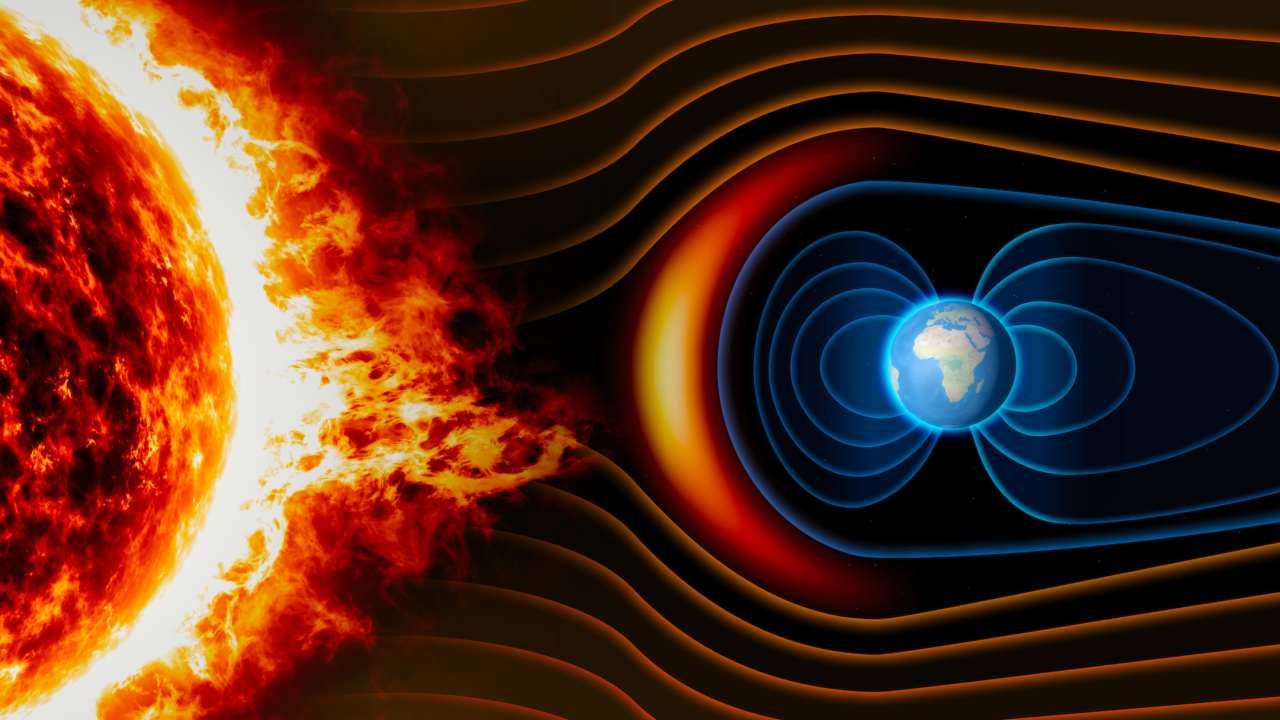The universe is the totality of all existing space, time, matter, and energy. It is an immense and complex place, filled with countless galaxies, stars, planets, and other celestial bodies.
The Big Bang Theory
The most widely accepted theory about the origin of the universe is the Big Bang Theory. This theory proposes that the universe began as a singularity—an infinitely small, dense point—and then expanded rapidly outward. Evidence for the Big Bang Theory comes from the cosmic microwave background radiation, a faint glow of light left over from the universe’s early stages.
The Scale of the Universe
The universe is vast beyond comprehension. The nearest galaxy to our own, the Andromeda Galaxy, is about 2.5 million light-years away. This means that light takes 2.5 million years to travel from Andromeda to Earth.
Components of the Universe
- Galaxies: Galaxies are massive collections of stars, gas, dust, and dark matter. Our own galaxy, the Milky Way, is home to billions of stars.
- Stars: Stars are massive spheres of plasma that generate energy through nuclear fusion. Our Sun is a typical star.
- Planets: Planets are celestial bodies that orbit a star. They can be rocky planets (like Earth) or gas giants (like Jupiter).
- Moons: Moons are natural satellites that orbit planets.
- Asteroids: Asteroids are rocky objects that orbit the Sun, often found in the asteroid belt between Mars and Jupiter.
- Comets: Comets are icy bodies that orbit the Sun and have long tails when they approach it.
- Dark Matter: Dark matter is an invisible substance that makes up about 85% of the matter in the universe. It does not interact with light, but its gravitational effects can be observed.
- Dark Energy: Dark energy is a mysterious force that is causing the universe to expand at an accelerating rate.
The Future of the Universe
The ultimate fate of the universe is a subject of ongoing debate among scientists. Possible scenarios include the Big Crunch, where the universe eventually collapses back into a singularity, or the Big Freeze, where the universe continues to expand indefinitely until all matter and energy are dispersed.
The universe is a vast and complex place, filled with countless mysteries. As scientists continue to explore and study the cosmos, we can expect to learn even more about its origins, its structure, and its ultimate fate.
Would you like to learn more about a specific aspect of the universe, such as galaxies, stars, or the Big Bang Theory?



